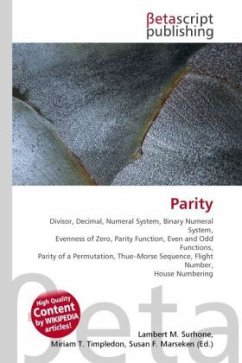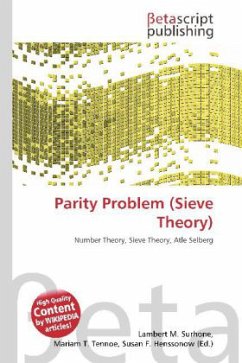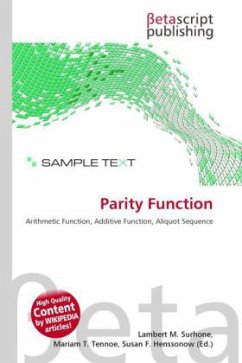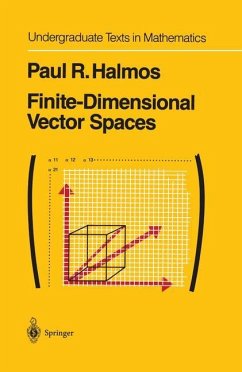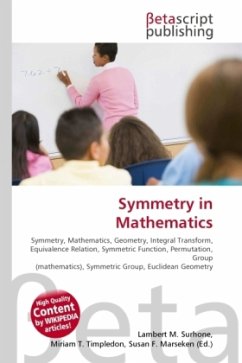
Parity of a Permutation
Versandkostenfrei!
Versandfertig in 6-10 Tagen
23,99 €
inkl. MwSt.

PAYBACK Punkte
12 °P sammeln!
High Quality Content by WIKIPEDIA articles! In mathematics, when X is a finite set of at least two elements, the permutations of X (i.e. the bijective mappings from X to X) fall into two classes of equal size: the even permutations and the odd permutations. If any total ordering of X is fixed, the parity (oddness or evenness) of a permutation of X can be defined as the parity of the number of inversions for , i.e., of pairs of elements x,y of X such that x y and (x) (y). The sign or signature of a permutation is denoted sgn( ) and defined as +1 if is even and 1 if is odd. The signature defines...
High Quality Content by WIKIPEDIA articles! In mathematics, when X is a finite set of at least two elements, the permutations of X (i.e. the bijective mappings from X to X) fall into two classes of equal size: the even permutations and the odd permutations. If any total ordering of X is fixed, the parity (oddness or evenness) of a permutation of X can be defined as the parity of the number of inversions for , i.e., of pairs of elements x,y of X such that x y and (x) (y). The sign or signature of a permutation is denoted sgn( ) and defined as +1 if is even and 1 if is odd. The signature defines the alternating character of the symmetric group Sn. Another notation for the sign of a permutation is given by the more general Levi-Civita symbol ( ), which is defined for all maps from X to X, and has value zero for non-bijective maps.



